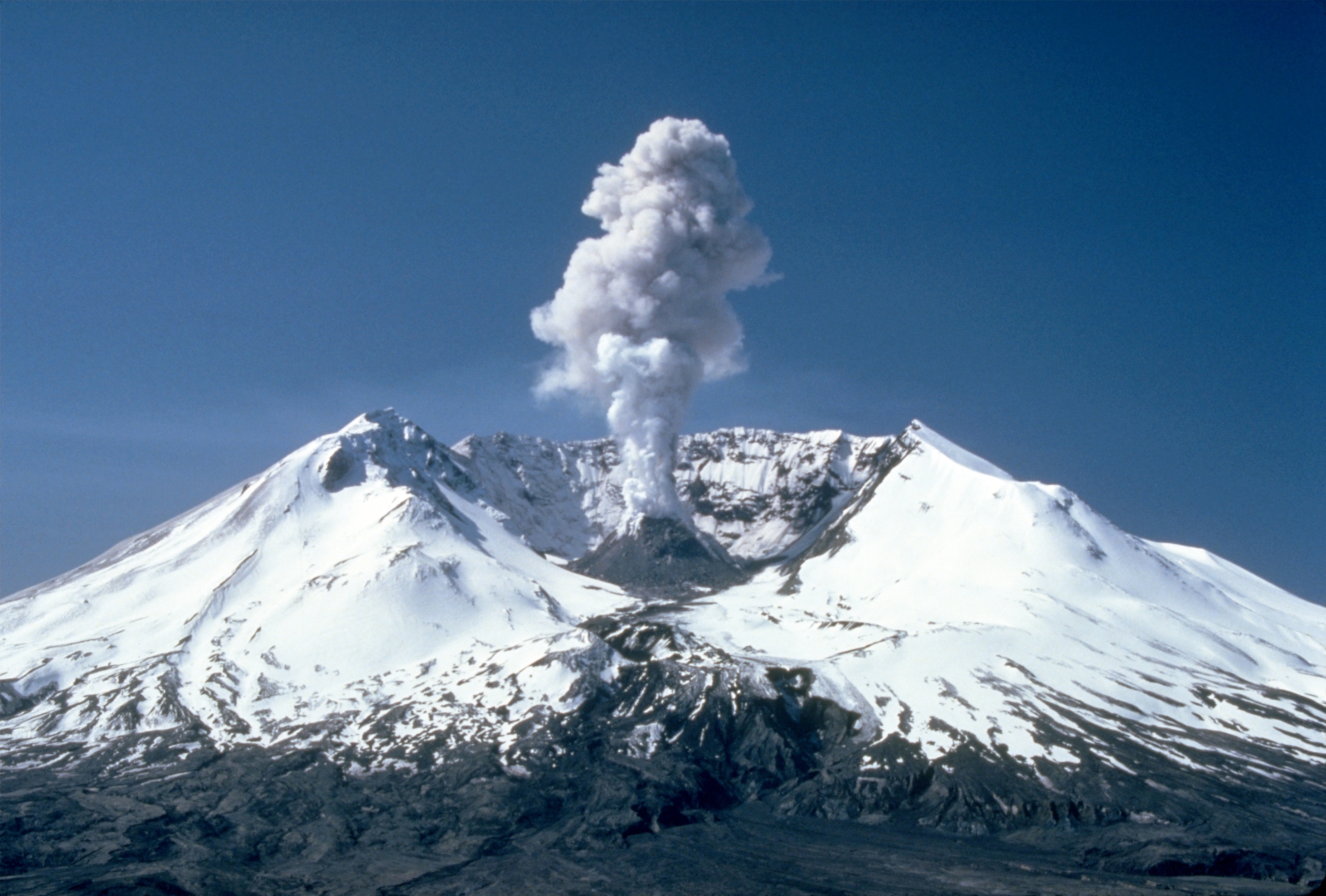(In
spite of a lull after the last year’s upheaval, the whole of Kashmir seems to
be simmering like a volcano waiting to erupt anytime without any warning!)

Kashmir
has witnessed a number of upheavals spearheaded by the youth in the recent
years starting from the Amarnath land row of 2008. However, the “Burhan
Tsunami” of last July was the most widespread and bloody in the recent memory.
Firstly, it was a spontaneous mass uprising led by the youth everywhere. The
traditional leaders instead of leading were being led by the youth. For their
own relevance, they started issuing protest calendars. In fact, at one point
they asked the people in general to give suggestions as to how the movement
should go ahead. They even held meetings with the cross section of society
especially traders and transporters who had had been adversely affected by
prolonged shut downs. They have now restarted issuing protest calendars which
seem to be more concentrated on relaxation than protest!
The
reason for this probably is their uncertainty about the behavior of the people.
However, there is no uncertainty about the sudden eruption of protests by youth
everywhere. Especially during so called “encounters”. Incidentally, these are
not in reality encounters involving militant attacks. There have been no
militant attacks in the recent past. On the contrary these are search and kill
operations. In nineties of the last century the security forces were conducting
similar operations called “Operation Cobra”. On getting information about the
presence of militants in different areas, the security forces would then cordon
the place and ask the militants to surrender. Usually this resulted in encounters
involving killing of the suspected militants. People would in almost all cases,
run away from the encounter site.
On
the contrary, now the people are storming the “encounter” sites to enable
militants to run away! Top security and police officials have called this
phenomenon a dangerous development. In fact, even the Army Chief General Bipin
Rawat has admitted that this new phenomenon is creating problems in fighting
anti-national elements and has threatened the civilians obstructing or storming
encounter sites that they would be fired upon. . There has been a severe
reaction to General’s statement which has been supported by the Defence
Minister and some members of the ruling party. The state government has
virtually supported the General Rawat by imposing section 144 around the
encounter sites prohibiting assembly of people within 3 kilometers of the
sites. One would not have expected such a statement from the top most Security
Official against his own people. After all it is not the enemy territory for
him! From the Army side, the only realistic statement had come from General
Hooda who had publicly stated that for peace in Kashmir everybody will have to
be taken on board.
A
confirmation of the explosive situation threatening a repeat of 2016 events has
come from no one but the State Police itself. According to a news item in local
English daily Kashmir Reader, the J & K Police has submitted a confidential
report to the government stating that the situation is not normal on the ground
and resurgence in public protest has been reported across the Kashmir valley. The
report states that after the Hurriyat unity, the workers of the conglomerate
have become very active on the ground. The police
have mentioned that the people were ready for the new uprising because the
administration has physically done nothing to allay the fears of the people.
The government should remain ready for the 2016-like unrest at any other
moment, the report warns.
Apart from the Police report, there have been
many blogs and articles stating that Kashmir is sitting on a powder keg ready
to blow up anytime! Bill Clinton in nineties had called it the most dangerous
place on Earth! However, the situation instead of improving since that statement
has rather deteriorated further. The latest person to raise the alarm has been
an important leader of the present ruling elite in New Delhi, Yeshwant Sinha.
After his visits to the valley, he has been continuously and repeatedly
appealing to the authorities to start a dialogue. However, unfortunately, he
has no takers. On the contrary, the chauvinistic members of the ruling set up
are adding more fuel to the fire with their daily statements to end Kashmir’s
so called special status.. Kashmir valley has geographically a number of physical
volcanic sites which have become extinct over a period of time. The
Shankracharya Temple and the Fort of Hari Parbat, the two famous landmarks of
Srinagar are supposed to be extinct volcanos. However, the political volcano
continues to simmer and may erupt anytime with destructive force. All stake
holders from within the state and outside need to take immediate measures to
diffuse the situation before a destructive eruption engulfs the entire
sub-continent!

